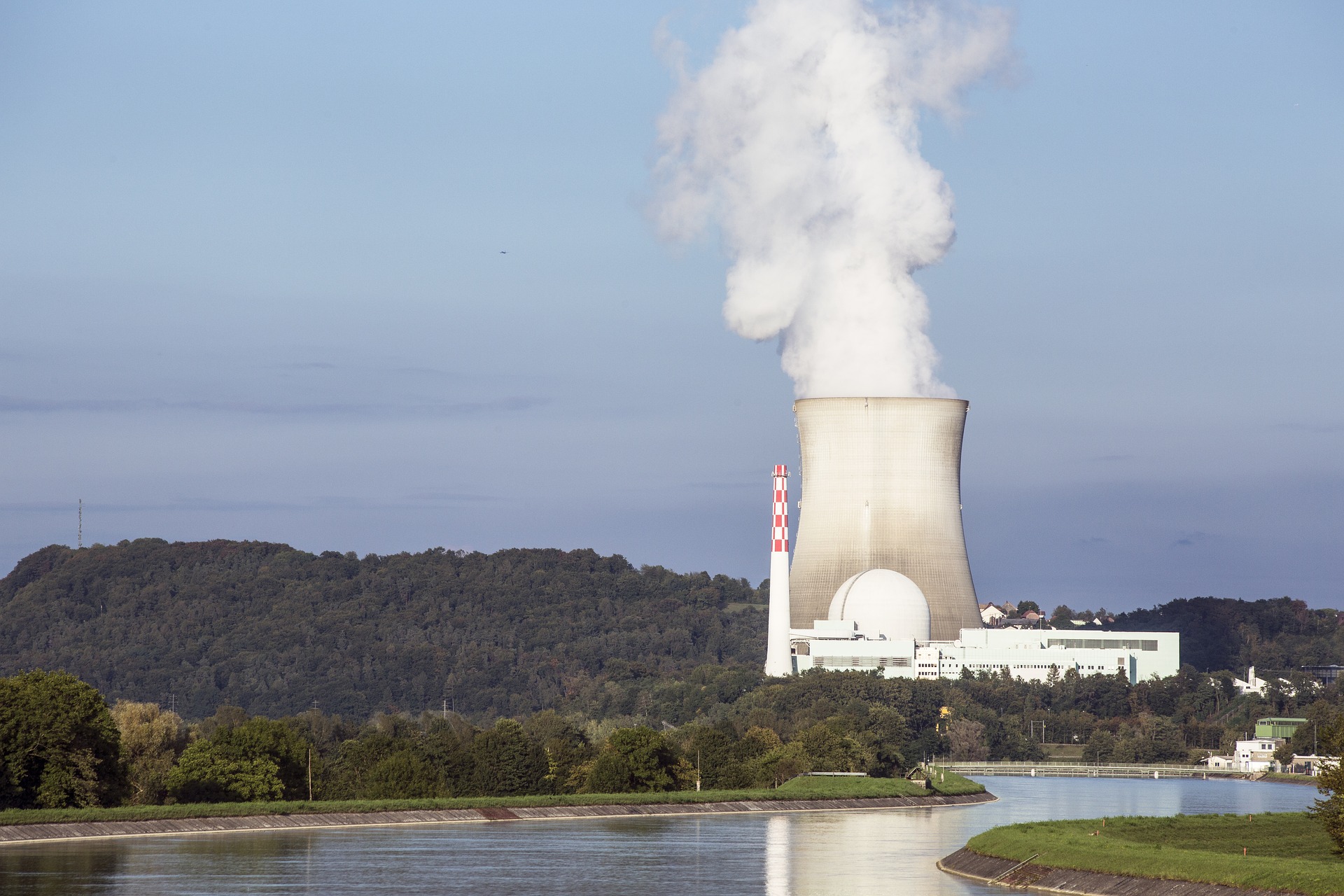Germany is facing a huge disruptive change in its energy system. The speed of the transition from the fossil fuel and nuclear energy age to the renewable energies had been tremendously accelerated after Fukushima and the government´s decision to phase out of nuclear energy in the next 10 years. Therefore, traditional German utilities must make far-reaching decisions for ensuring long-term competitiveness. For that purpose, they need to define the future strategy and to agree on the right steps for its implementation. In the following 20 years decentralized renewable energy solutions, cost intensive offshore wind parks and the decommissioning of centralized conventional power plants have to be planned and realized. However, like in other industries, there is the tendency to deal with various decision problems isolated from each other without focusing on the big picture. Thereby it is often only vague defined what and how should be achieved. Furthermore, the search of alternatives is based on traditional thinking, which is likely to mislead in such a never before experienced disruptive change.
Value-focused Thinking provides a holistic approach. It requests that companies should identify their values, i.e. what they care about, and translate these values into objectives (what should be achieved). The objectives are then be used to create systematically alternatives and identify decision opportunities (how this could be achieved). Generally, this procedure yields alternatives, which the company was not aware of before.
In the case example, Prof. Ralph Keeney (Duke University) and I had discussions of about one hour with each of 19 employees of a big energy supplier (over 20 billion Euro turnover), including all members of the management board. The goal of each discussion was to access all thoughts of each individual that might be important for creating strategic objectives. After the discussion with each individual, we converted its thoughts into objectives. The initial step was simply to combine the 19 individual lists. This combined lists compassed approximately 450 total objectives. Next, we organized the objectives into categories that address different concerns. In this process, we had to develop the categories and then assign individual objectives on the list to appropriate categories. This process is done iteratively and hierarchically and results in a comprehensive network of strategic objectives (NOSO).
In addition, a great benefit of the entire process was that the horizon of the interviewees is broadened through the interviews. In the project involving the German energy provider, this benefit is illustrated by a quotation of the personal assistant of a board member who was listening in the interview with her superior: “I work for him since half a year, but I never heard him thinking and arguing in such a broad manner”. Furthermore, the CEO said after the final presentation: “The clear structure of objectives helps me to better understand my company and will be certainly helpful to communicate my idea of my company to my employees as well as the Board of Directors.” This shows the level of stimulation that such a procedure can create.

Leave a Reply